Stress
Stress can be a dynamic process involving both environmental and individual variables, and occurs when a person assesses a situation as threatening.
A situation is stressful when a subject perceives it as such, and of particular importance is the person’s appraisal of the situation.
Distinguishing between stress and anxiety
While stress is triggered in response to an external cause, disappears once the situation has been resolved and can be positive or negative, anxiety is usually triggered by an internal cause, which is why we consider it a reaction to stress. It also interferes with the way you lead your life. It is often constant even if there is no direct threat. Anxiety and stress have in common that they affect both the mind and the body in the long term.
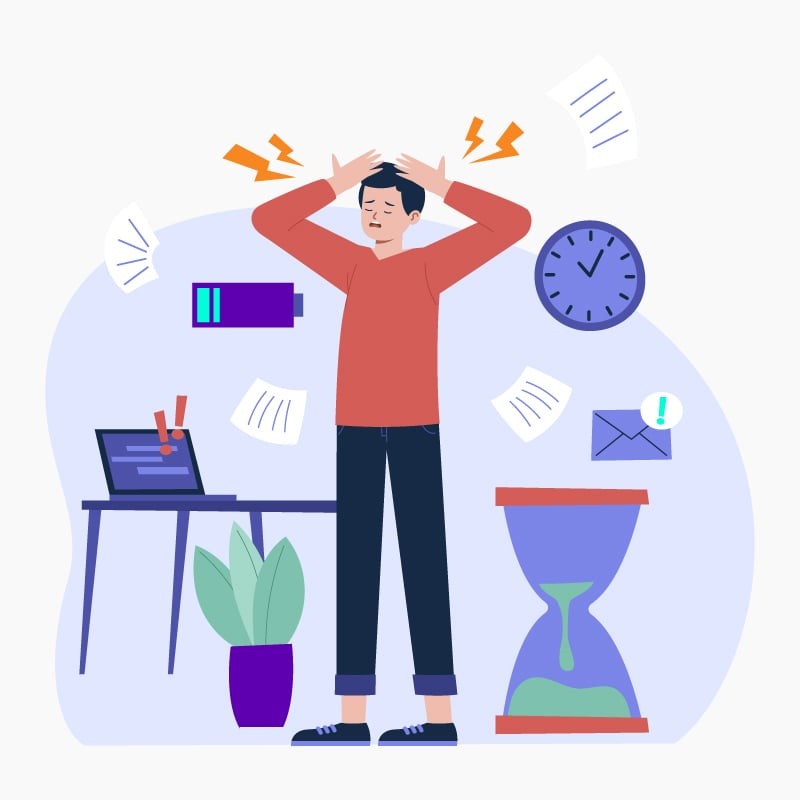
Causes of stress
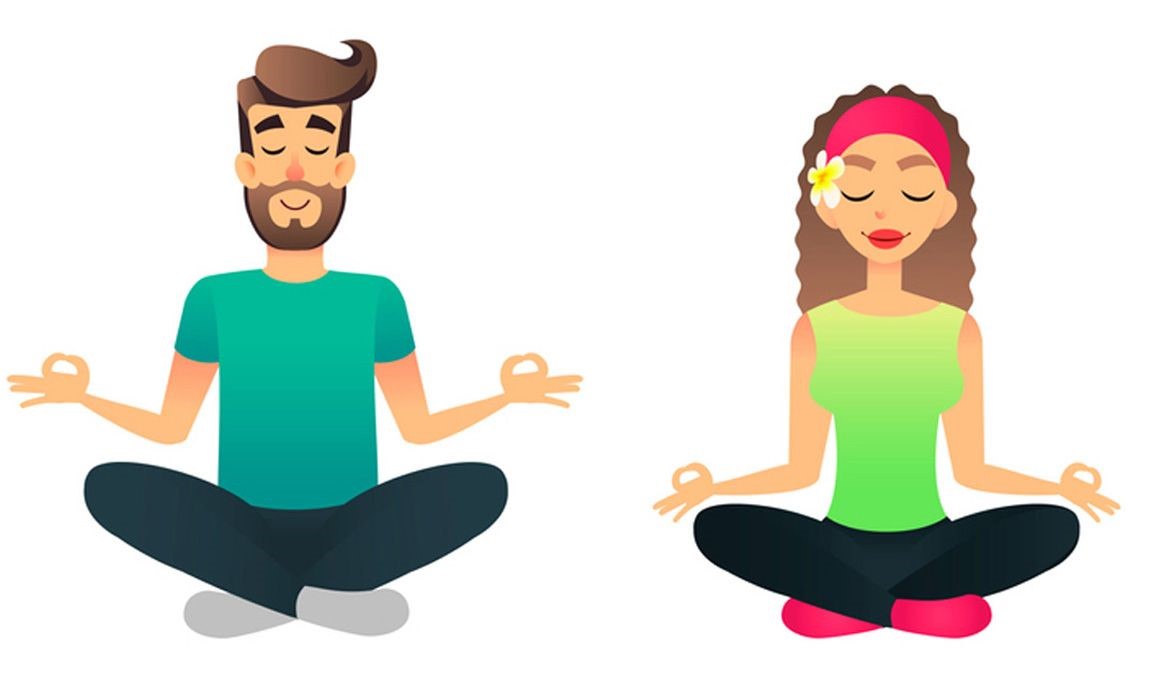
External causes: these can be economic factors, conflicting personal or family relationships, lack of free time, major life changes, job dissatisfaction or work overload, among others.
Internal causes: difficulty accepting uncertainty, pessimism, rigid thinking, negative self-talk, unrealistic expectations or perfectionism and absolutist thinking.
Types of stress
According to the American Psychological Association, there are two types of stress: acute and chronic. Acute stress lasts for a short time and disappears quickly, and does not usually cause health problems. Chronic stress, on the other hand, lasts longer (weeks or months) and can cause health problems.
In addition, there is post-traumatic stress disorder (PTSD) which occurs after a very traumatic event.
Symptoms of stress
The main symptoms would be: Excessive worry about different situations or events, restlessness, tension, headaches or body aches, high blood pressure and loss of sleep among others.
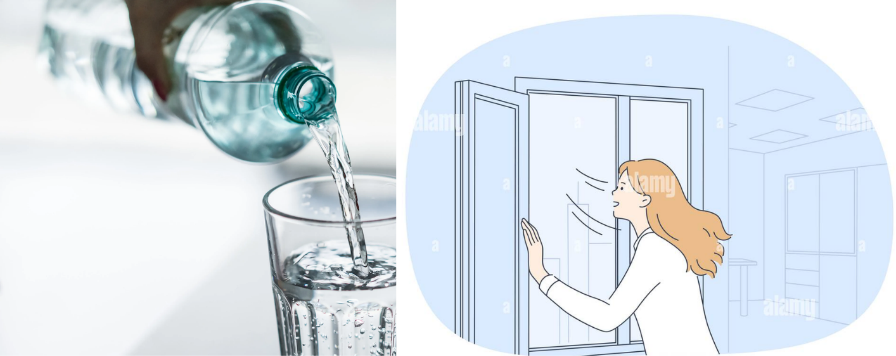
Consequences of stress
Chronic stress leads to an ageing immune system, resulting in obesity, diabetes, high blood pressure, depression or anxiety, skin problems such as acne or eczema and menstrual problems among others.

Labour stress
Work-related stress is the reaction a worker may have to demands and pressures at work that do not match his or her knowledge and skills, and which test his or her ability to cope with the job.
Types of work-related stress
Chronic work-related stress is stress that lasts for a long period of time and affects the person emotionally and psychologically.
Episodic stress is stress that, in contrast to chronic stress, is episodic…
- Instability stress tends to occur when there is a lot of competition at work, and dissatisfaction stress is one of the most common. It is caused by dissatisfaction with working conditions, either because of inadequate pay or lack of recognition.
- Overload stress is caused by an excessive overload of tasks that the worker cannot cope with.
- Apathy stress is a feeling of mental and creative blockage of the worker at work.
- Distress stress is when a person is unable to separate personal and work life and a direct relationship is created.eustress stress, in contrast to the rest, is a positive and controlled type of stress that helps to solve problems and achieve goals.

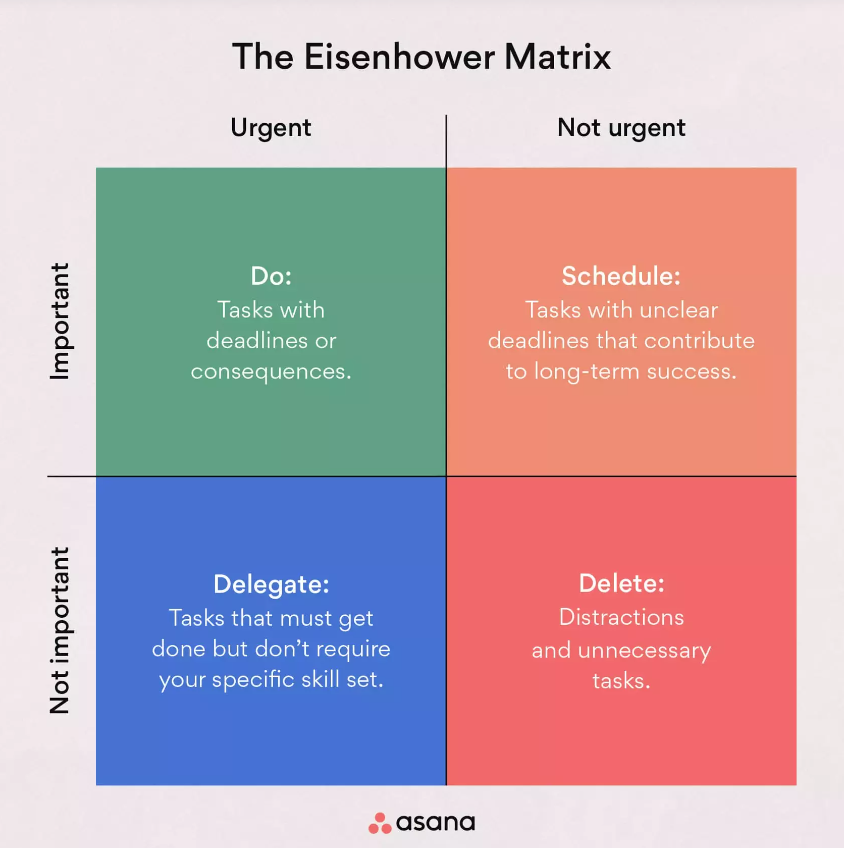
Causes of work-realetd stress
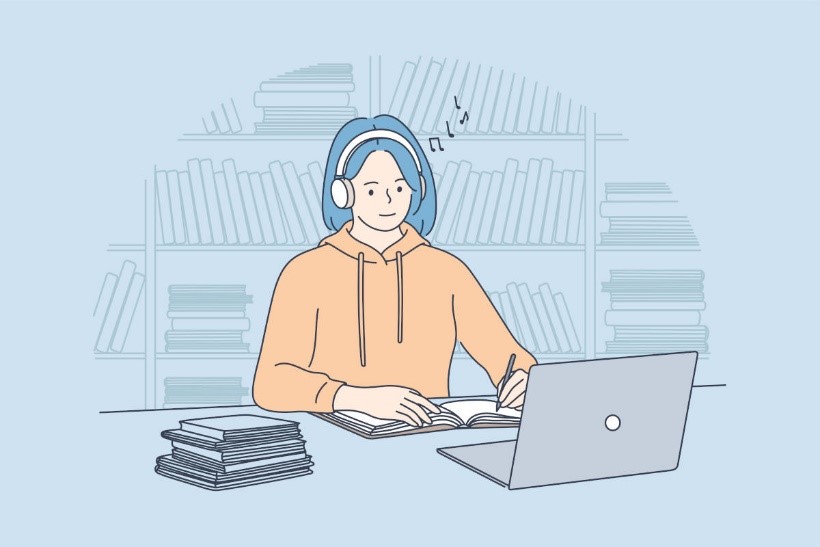
Work-related stress can be triggered by a variety of situations: High, or low, workloads, lack of control at work, lack of support, lack of skills to deal with work, poor adaptation to change, unclear orders or explanations, lack of communication, poor working conditions and harassment at work.
Symptoms of stress
Symptoms of stress can occur in both the worker and the company.
For the worker, the main symptoms are: decreased productivity, irritability, absenteeism, loss of confidence in their abilities, memory lapses, digestive problems, changes in appetite, concentration problems, difficulty falling asleep and muscular disordersEmotionally, in the worker, stress can produce anxiety, depression and fatigue. In the company, it can lead to an increase in conflicts, a decrease in overall productivity, an increase in errors and an increase in absenteeism. In general, a worsening of the working environment and customer dissatisfaction.

Consequences of work-related stress
Chronic stress leads to an ageing immune system, resulting in obesity, diabetes, high blood pressure, depression or anxiety, skin problems such as acne or eczema and menstrual problems among others.
The most common in these cases is that the worker presents anxiety in their daily life and listlessness at work. But it also causes insomnia, chronic fatigue, bad moods, digestive disorders, depression or lack of concentration, etc. Work-related stress is one of the main causes of sick leave and affects the behaviour of employees.
Finally, another consequence of stress at work is burnout. Burnout is the lack of capacity to respond to unsatisfactory demands, which could be a monotonous and boring job, or even teleworking, since when performing tasks from home we can become tired of this environment and of carrying out domestic and work tasks in the same context. Other unsatisfactory demands could be a job whose constant knowledge requirements are excessive, which entails too many emotional conflicts, situations of non-appreciation of work and personal value, and even non-remuneration.
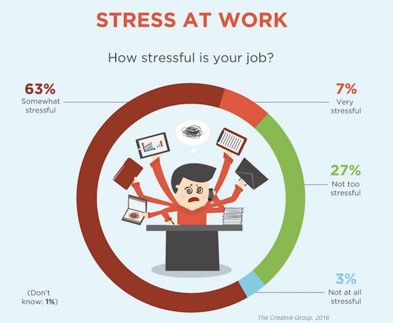
References
[1]
Estrés: Lazarus y Folkman (1984), Moya-Albiol, Serrano, González-Bono, Rodríguez-Alarcón y Salvador, (2005)
[2]
Distinción entre estrés y ansiedad: (Instituto Nacional de Salud Mental)
[3]
Causas del estrés: López, I (2002)
[4]
Tipos de estrés: Lunan (2021)
[5]
Síntomas de estrés: (Instituto Nacional de Salud Mental).
[6]
Consecuencias del estrés: Zamora, J. (2023)
[7]
Estrés laboral: (OIT)
[8]
Causas del estrés laboral: Edenred (2022)
[9]
Síntomas de estrés laboral: Edenred (2022)
[10]
Consecuencias del estrés laboral: Edenred (2022), (J. Zavala, 2008, p. 5)


